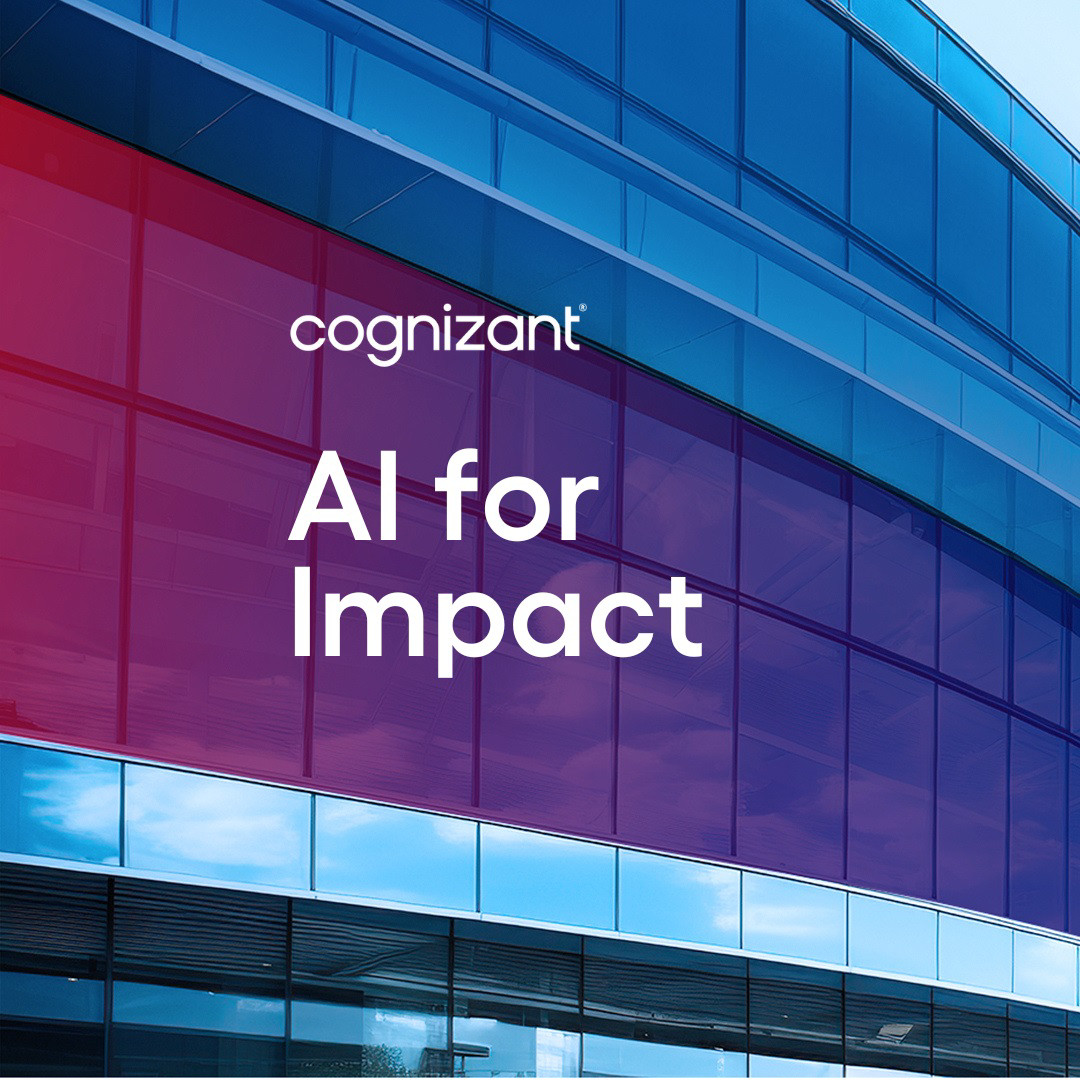What is context?
Agentic AI is the next wave fundamentally transforming businesses, with AI capabilities shifting from simply generating content or predictions to autonomously executing processes and taking decisions in pursuit of goals.
Context enables AI agents to make accurate decisions, align with human goals, comply with policies and adapt to real-time challenges by supplying essential information to LLMs and SLMs.
Context is defined as a company’s pool of knowledge and intelligence—capturing goals, metrics, roles, processes, policies, constraints and systems across operational, tactical, strategic and executive levels. It reveals how individuals and teams collaborate, communicate and respond to both anticipated and unforeseen challenges, navigating through constraints, and yet staying compliant with rules. It maps interactions across internal teams, customers and partners, supported by tools and data/content that drive execution, decisions and outcomes at every level of the organization.
Importantly, context harvests the organization’s collective wisdom from decisions—successes and failures, what worked, what didn’t and why—along with the feedback loops that fuel continuous learning, behavioral alignment and adaptive change to evolve and improve performance in dynamic environments.
Context manifests itself in structured and unstructured content including business rules and compliance policies, operating procedures, workflows, personas and the execution patterns of how teams operate in practice.
What is context engineering and why does it matter?
Context engineering is a pivotal emerging discipline for the design and implementation of autonomous agentic systems. Context engineers enable the ingestion, storage, retrieval and utilization of context by bringing the right information in the right format at the right time to an LLM or an SLM.
Context engineering, when done right, enhances the accuracy of AI agents’ reasoning, improves the reliability of agent decisions, ensures that agent goals align with human intentions, promotes behavior consistent with company culture and regulations, and establishes a foundation for agents and humans to collaboratively evolve toward shared objectives that drive enterprise value.
What are the responsibilities of a context engineer?
As context engineers engage with clients through the agent development lifecycle phases, context engineers will:
- Capture knowledge, including processes, rules & execution patterns
- Create processes, methods and solutions for managing the full context lifecycle
- Embed best practices in governance, privacy and security solutions for context
- Build integration pipelines for retrieval, synthesis, distribution & storage
- Package reusable context assets (“context packs”) for scalable deployment
- Design blueprints and technical and functional templates for industry use cases
How will context engineering benefit enterprises?
Context encapsulates the unique knowledge and ways of working of an enterprise. Continuously capturing unique data and knowledge and feeding it to AI agents will enable enterprises to be more agile and intelligent and embed unique advantages into their operating model.
Benefits include:
- Risk reduction as agents remain aligned with enterprise standards and regulations
- Efficiency gains through higher accuracy of outputs leading to less rework
- Cost optimization through streamlined patterns that avoid complex architectures
- Faster time-to-value for agentic systems through the integration of domain-specific accelerators into the context fabric
- Increased trust and higher adoption of agentic AI by employees
- Deeper embedding of differentiation into each business’ operating model, since context captures each organization’s unique DNA
Cognizant has made an investment in sharpening this foundational capability, recently announcing plans to deploy context engineers across our service lines, to help provide superior products and services to our clients across industries.











